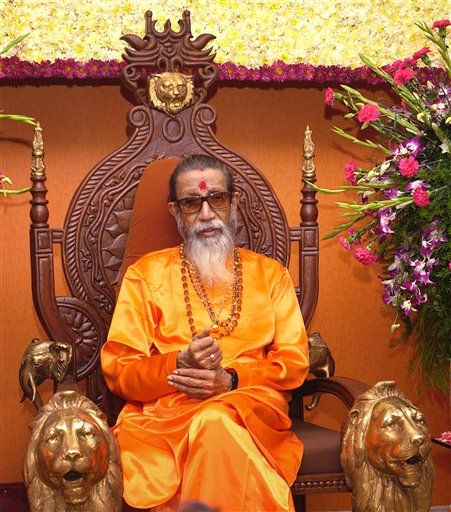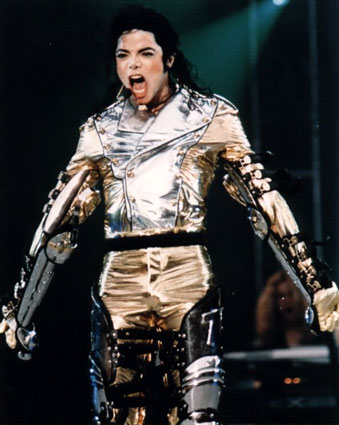Independence Day (United States)
"Fourth of July" redirects here. For the date, see July 4. For other uses, see 4th of July.
| Independence Day | |
|---|---|
Displays of fireworks, such as these over the Washington Monument, take place nationwide | |
| Also called | The Fourth of July The Glorious Fourth The Fourth |
| Observed by | United States |
| Type | National |
| Significance | The day the Declaration of Independence was adopted by the Continental Congress |
| Date | July 4 |
| Celebrations | Fireworks, Family reunions, Concerts, Barbecues, Picnics, Parades, Baseball games |
Background
During the American Revolution, the legal separation of the Thirteen Colonies from Great Britain occurred on July 2, 1776, when the Second Continental Congress voted to approve a resolution of independence that had been proposed in June by Richard Henry Lee of Virginia.[4][5] After voting for independence, Congress turned its attention to the Declaration of Independence, a statement explaining this decision, which had been prepared by a Committee of Five, with Thomas Jefferson as its principal author. Congress debated and revised the Declaration, finally approving it on July 4. A day earlier, John Adams had written to his wife Abigail:Adams's prediction was off by two days. From the outset, Americans celebrated independence on July 4, the date shown on the much-publicized Declaration of Independence, rather than on July 2, the date the resolution of independence was approved in a closed session of Congress.[7]The second day of July, 1776, will be the most memorable epoch in the history of America. I am apt to believe that it will be celebrated by succeeding generations as the great anniversary festival. It ought to be commemorated as the day of deliverance, by solemn acts of devotion to God Almighty. It ought to be solemnized with pomp and parade, with shows, games, sports, guns, bells, bonfires, and illuminations, from one end of this continent to the other, from this time forward forever more.[6]
Historians have long disputed whether Congress actually signed the Declaration of Independence on July 4, even though Thomas Jefferson, John Adams, and Benjamin Franklin all later wrote that they had signed it on that day. Most historians have concluded that the Declaration was signed nearly a month after its adoption, on August 2, 1776, and not on July 4 as is commonly believed.[8][9][10][11][12]
In a remarkable coincidence, both John Adams and Thomas Jefferson, the only signers of the Declaration of Independence later to serve as Presidents of the United States, died on the same day: July 4, 1826, which was the 50th anniversary of the Declaration. Although not a signer of the Declaration of Independence, James Monroe, the Fifth President of the United States, died on July 4, 1831. Calvin Coolidge, the Thirtieth President, was born on July 4, 1872, and thus was the only President to be born on Independence Day.











0 Comments